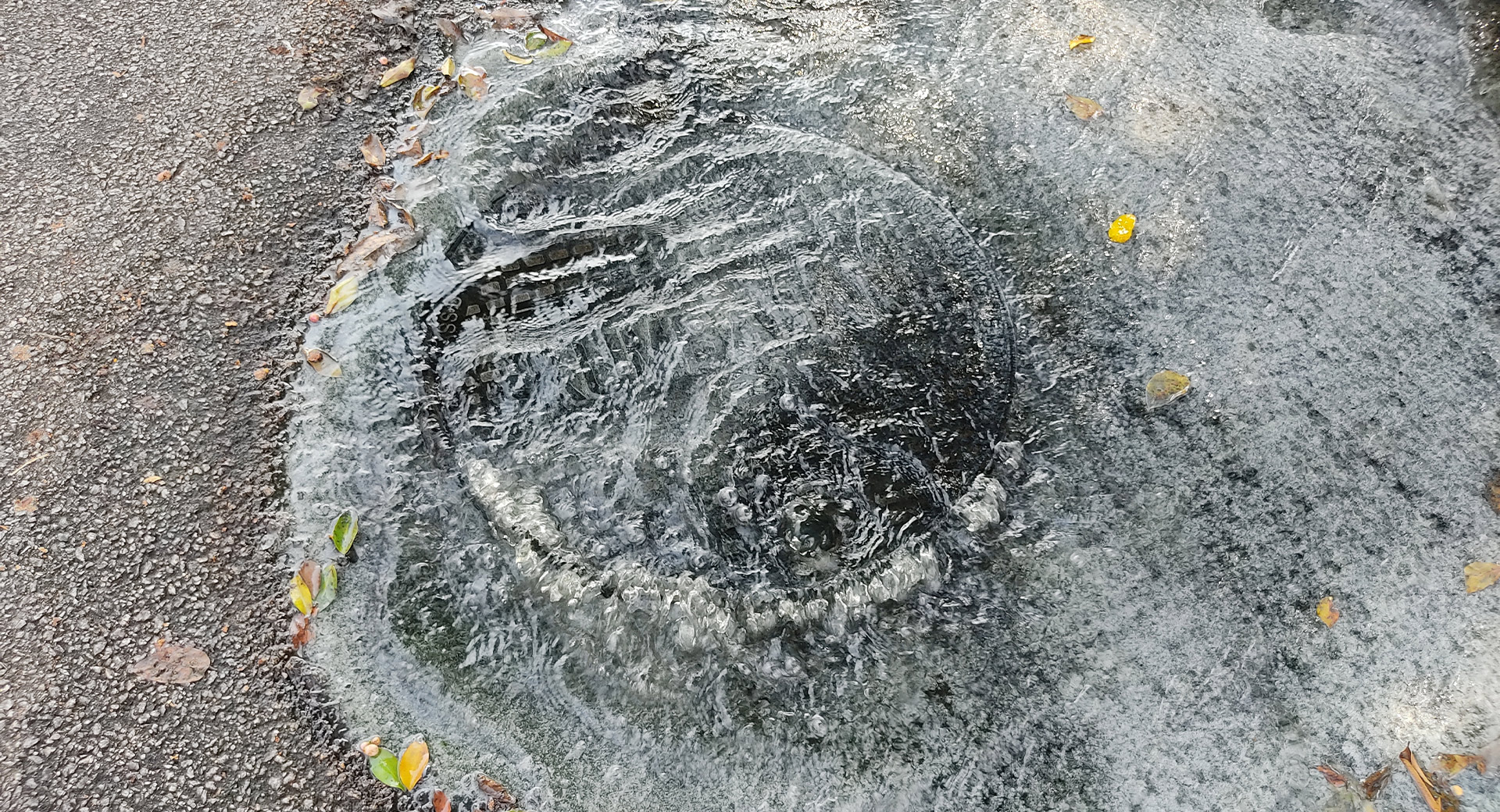What happens after reporting a leak?
Once we’ve checked things out, we work with the local council and highways to fix it as soon as possible. Coordinating different permissions and permits can take a bit of time, but we’re always working as hard as we can to keep things moving.
How we categorise leaks:
- Urgent leaks (we'll respond within two hours)
- When it’s affecting supply, or causing flooding or damage an inspector will be on site as soon as possible.
- Serious leaks (we'll respond within 24 hours)
- When it’s not affecting the supply but there’s a significant amount of leakage.
- Less serious leaks (We'll respond in up to three days)
- All other leaks.
We’ll always do our best to meet these timeframes but during busy periods we may take a little longer. When this happens, we’ll keep customers informed and be there as quickly as we can.
Below you'll find a step-by-step guide on what to do if you discover a leak.
















